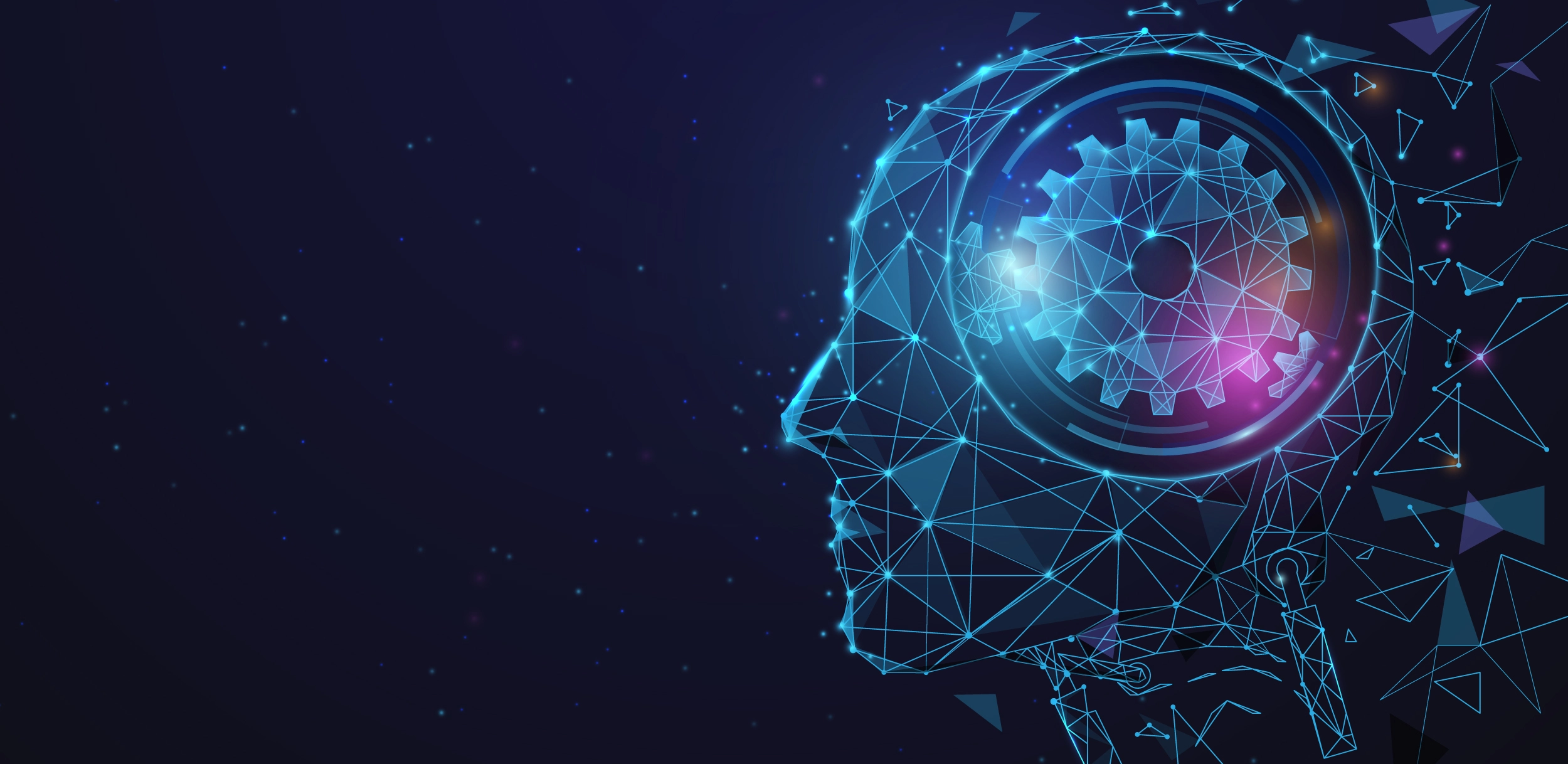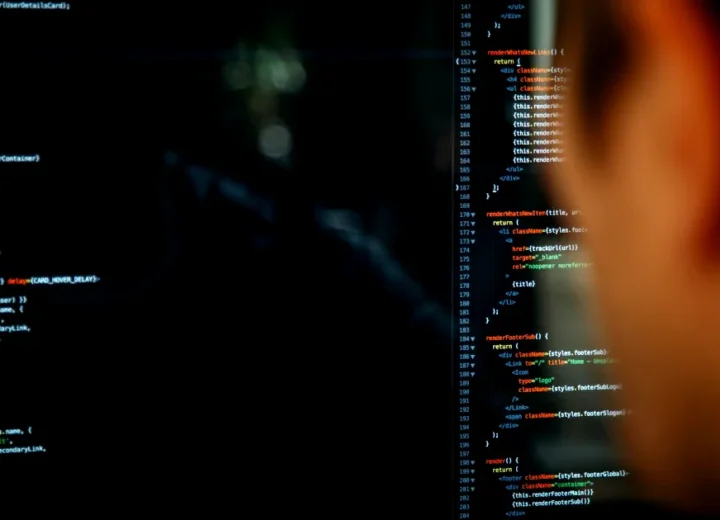
Welcome to the next chapter in our series on machine learning, in this chapter we take a look at Neural Networks and Deep Learning. Neural Networks mimic the structure and function of the human brain, allowing machines to learn complex representations and patterns.
Introduction
Introduction to Neural Networks
Definition & Core Concepts
Neural Networks are computational models inspired by the structure and function of biological neural networks in the human brain. These networks consist of interconnected nodes, or neurons, organized into layers. The basic building blocks include an input layer, one or more hidden layers, and an output layer. Each connection between neurons has a weight that is adjusted during training, allowing the network to learn from data.
Activation Functions
Activation functions play a crucial role in Neural Networks by introducing non-linearity into the model. Popular activation functions include the sigmoid function, hyperbolic tangent (tanh), and rectified linear unit (ReLU). Non-linear activation functions enable the network to learn complex relationships and capture patterns in the data.
Deep Learning
Deep Learning & Neural Networks
Defining Deep Learning
Deep Learning is a subset of machine learning that involves neural networks with three or more layers. These deep neural networks can automatically learn hierarchical representations of data, allowing them to capture intricate features and patterns. Deep Learning excels in tasks such as image and speech recognition, natural language processing, and complex decision-making.
Convolutional Neural Networks (CNNs)
Convolutional Neural Networks are a specialized class of deep neural networks designed for processing structured grid data, such as images. CNNs use convolutional layers to automatically learn spatial hierarchies of features, making them highly effective for tasks like image classification, object detection, and image generation.
Recurrent Neural Networks (RNNs)
Recurrent Neural Networks are tailored for sequential data, where the order of elements matters. RNNs introduce loops or recurrent connections to allow information persistence across different time steps. They excel in tasks like natural language processing, speech recognition, and time series prediction.
Training
Training Neural Networks
Backpropagation
Backpropagation is a fundamental algorithm used to train neural networks. It involves iteratively adjusting the weights of connections based on the difference between predicted and actual outcomes. The optimization process minimizes a loss function, guiding the network towards making more accurate predictions.
Gradient Descent
Gradient Descent is a key optimization technique used in training neural networks. It involves adjusting the weights in the direction that reduces the gradient of the loss function, effectively moving the network towards the optimal set of weights that minimizes the error.
Notable Applications
Applications of Deep Learning
Image & Object Recognition
Deep Learning has revolutionized image and object recognition, achieving remarkable accuracy in tasks like classifying objects in images, detecting faces, and even generating realistic images through generative models like GANs (Generative Adversarial Networks).
Natural Language Processing (NLP)
In NLP, Deep Learning models have proven highly effective in tasks such as sentiment analysis, language translation, and text generation. Pretrained models like BERT and GPT (Generative Pretrained Transformer) have set new benchmarks in understanding and generating human-like text.
Autonomous Vehicles
Deep Learning is a cornerstone in the development of autonomous vehicles. Neural networks process sensor data, interpret the environment, and make real-time decisions, enabling vehicles to navigate safely and autonomously.
Challenges
Challenges & Considerations
Overfitting
Overfitting is a common challenge in deep learning where a model performs well on the training data but fails to generalize to new, unseen data. Techniques such as dropout and regularization help mitigate overfitting by preventing the model from relying too much on specific features.
Interpretability
The complexity of deep neural networks often makes them challenging to interpret. Understanding how a model arrives at a particular decision is crucial, especially in sensitive domains. Research in interpretable deep learning aims to enhance the transparency of these models.
Future
Future Directions & Advancements
Explainable AI in Deep Learning
The future of deep learning involves advancements in Explainable AI, making it easier to interpret and trust the decisions of complex neural networks. Techniques such as attention mechanisms and interpretable architectures aim to shed light on the decision-making process.
Neuromorphic Computing
Inspired by the human brain, Neuromorphic Computing is an emerging field that seeks to design hardware architectures for deep learning that mimic the parallelism and efficiency of biological neural networks. Neuromorphic chips hold the potential for faster and more energy-efficient deep learning.




